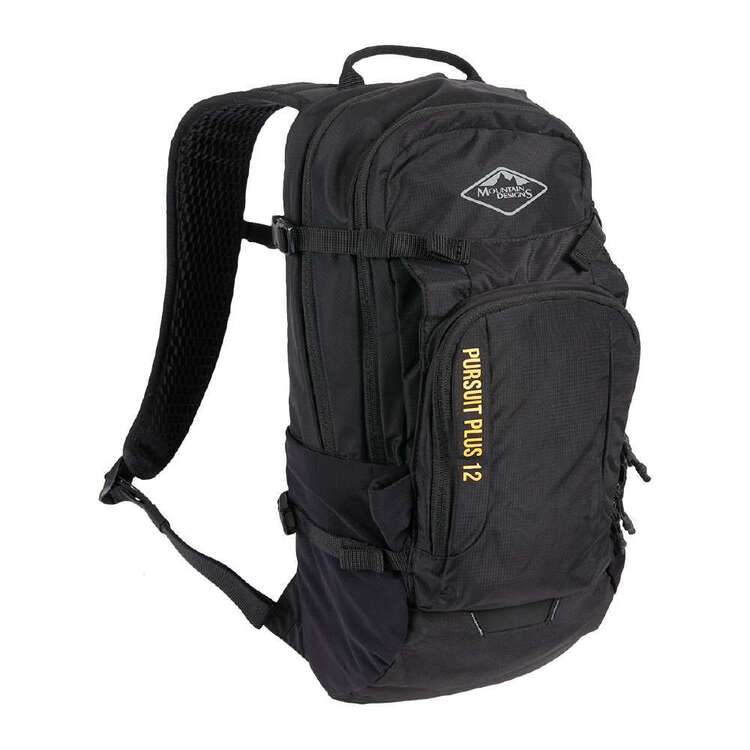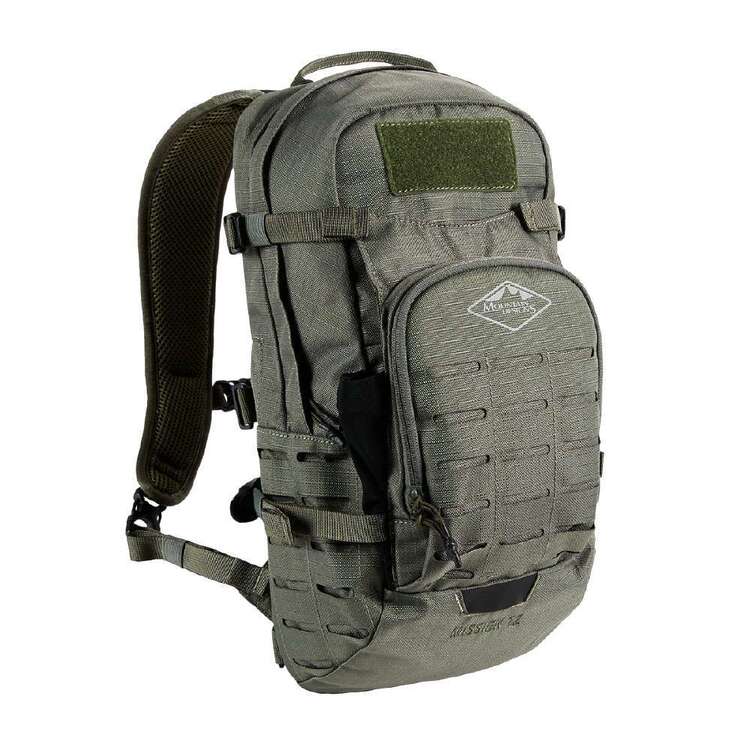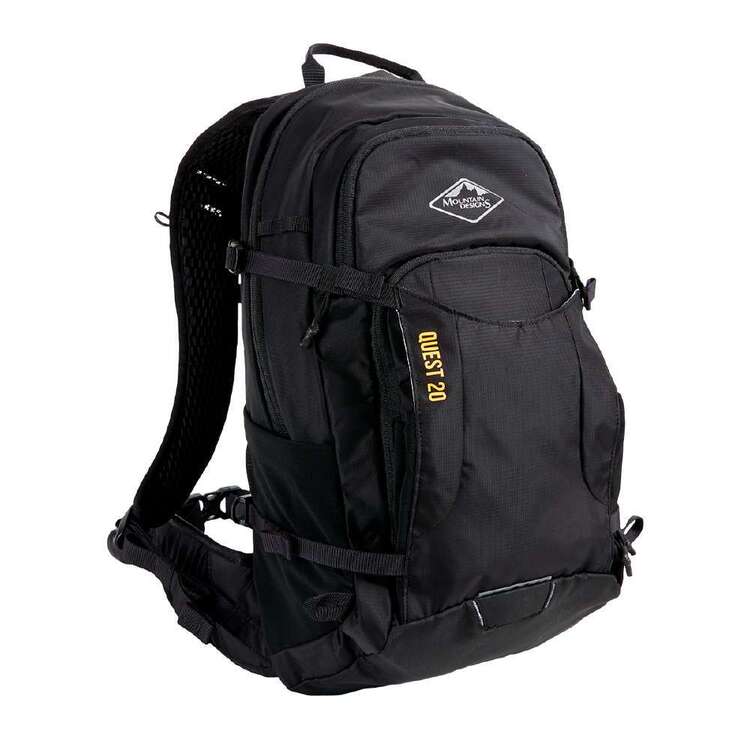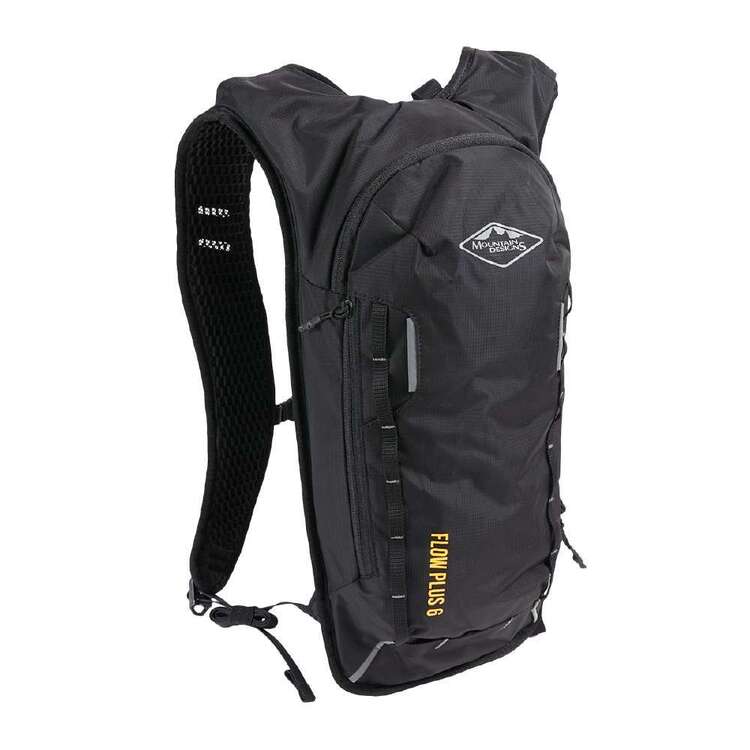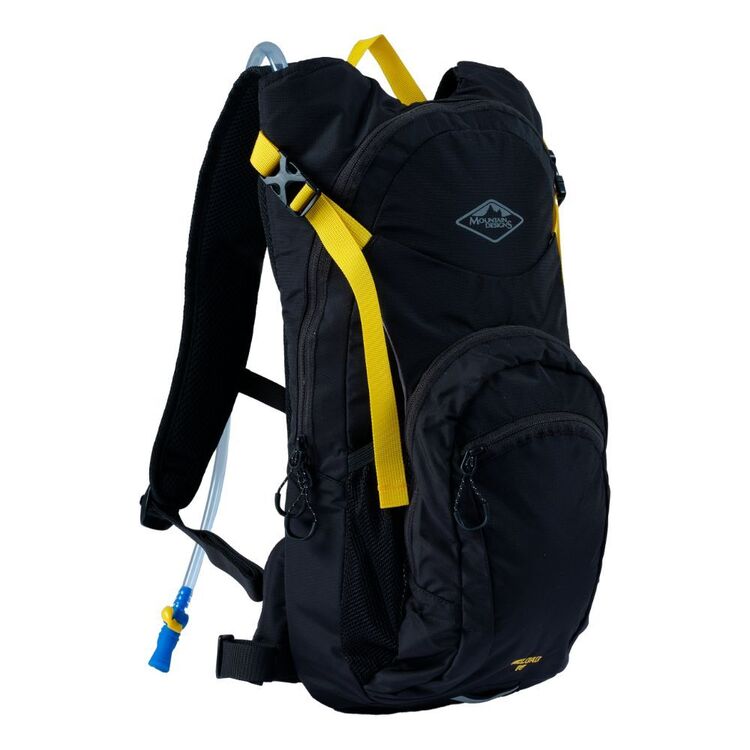| Your browser is not supported. | ||
|
Please browse our site using any of the following options:
| ||
Hydration Packs & Reservoirs
Stay hydrated when the action heats up with our hydration packs and reservoirs at Mountain Designs. Explore a larger collection of Hydration Packs at Anaconda.
5 items found.
How can you choose the best hydration pack?
As with all packs, there are many features and functionalities that go into the design of a hydration backpack. When choosing the best hydration pack for your activity - be it a Mountain Designs hydration pack, CamelBak hydration pack, or another - consider the following:
Capacity - The first place to start is by determining how much water you want to carry. Most hydration bladders will hold somewhere between 0.5 litres and three (3) litres.
Profile & Fit - This relates to how well the hydration backpack fits to your torso. For maximum comfort, you want to minimise the pack bouncing around too much. For high-intensity activity such as trail running, lightweight, low profile running hydration packs will be effective.
Water Flow Security - Check to make sure the tube on the hydration reservoir has a locking mechanism to minimise spillage. A bite valve is an excellent design feature to help with this.
End Use - What are you using the hydration pack for? If you are out on the trails all day, you may want a hydration backpack with a hydration reservoir of a larger volume capacity; if you are adventure racing or trail running, a low profile hydration pack with additional fit support (hip belt, sternum strap etc) would be best.
Additional Storage - If you want to secure a jacket or pack your wallet, keys or mobile device, make sure your hydro pack backpack has extra accessories pockets or pouches.
How does a hydration pack work?
The way a hydration backpack works is quite simple. The reservoir (or water pack) sits within an internal pouch positioned at the rear of the hydration pack, which has an additional straw/tube opening generally located at the top of the pack near the carry handle. The straw/tube feeds out of this opening, allowing the user to access their drinking water while on the move. Most designs also have some sort of water flow locking system to stop water leakage, such as a bite valve. To keep the tube from getting in the way, it is often connected or secured to one of the shoulder straps. When the hydro pack backpack is not in use, the user can remove the hydration reservoir to clean it.
How can you clean your hydration pack and tube?
The easiest way to care for your hydration pack and tube is to clean it with water and soap (ideally biodegradable), and dry it thoroughly after every use. This is even more important if you've filled it with anything other than water. Every six months (or when the hydration reservoir is in a nasty state), you should give it an even better clean, by following these steps:
- Mix a solution of hot water and approximately two (2) tablespoons of baking soda inside your reservoir. Pinch the bite valve and allow the solution to flow through the tube.
- Leave the solution in your reservoir for approximately 30 minutes to one (1) hour.
- Wash the reservoir with water and soap, as per normal care procedure. Air dry it to ensure no moisture gets trapped inside and causes mould to grow.
What size hydration pack should you get?
Ultimately the size of your hydration pack with bladder will be determined by how much water you want to carry on your outdoor adventure. Most hydration bladders have a capacity between 0.5 litres and three (3) litres, so it is quite rare to find a 4L hydration pack or larger-sized versions.
You may also want additional storage for a jacket or personal items such as keys, wallets or mobile devices, so look out for accessories pockets or expanding pouches for that added convenience.
Do hydration packs keep water cold?
No, most hydration packs and hydration bladders do not have insulative properties that keep water cold for extended periods of time. But because the hydration reservoir is out of direct sunlight, your water will stay cooler for longer.
How should a hydration pack fit?
Like any pack, a poorly-fitted hydration backpack will be uncomfortable and may cause chaffing if it is bouncing around too much. Your hydration backpack should fit firmly to ensure that it works in unison with your body's natural motion. Similarly, a hydration pack for running needs to fit snugly, as the intensity of your movement is higher than when walking or hiking, and your torso will potentially work through a greater range of movement.
A low profile hydration pack is a great choice, as it will provide a streamline fit that hugs to your torso. Adjust the shoulder straps as you would a normal backpack, and if there is a sternum strap, slide it up or down so that it sits just at the top of your stomach and below your rib cage - this will distribute weight evenly across your body. Additionally, if there is a hip belt, secure it just above your hips.
